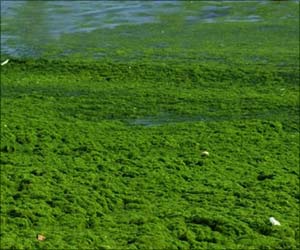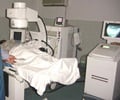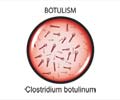Researcher from Florida Atlantic University's Harbor Branch Oceanographic Institute collaborated with the United States Centers for Disease Control and Prevention to test a newly developed immunocapture protein phosphatase inhibition assay.

‘IC-PPIA method can detect mild dose of human exposure to microcystins and nodularin. It helps to study the chronic health effects of harmful algal blooms.’
Read More..




Human exposure comes from ingestion, direct skin contact, or inhalation and can lead to a variety of symptoms ranging from gastroenteritis, nausea, allergic reactions and skin rashes to hepatic injury and hemorrhage in more severe cases. Microcystins also have been linked to tumor progression and are harmful to renal, immune and reproductive systems. Read More..
Results of the study, published in the journal Toxins, demonstrate that the IC-PPIA method developed by the CDC was able to detect low-dose human exposures to microcystins by analysis of urine from three of the 86 urine specimens analyzed by this new method, which yielded positive results with concentrations of 0.055, 0.089 and 0.052 ng/mL MC-LR equivalents.
These findings are the first to report microcystin concentrations directly from exposed residents impacted by cyanobacteria in Florida.
"This new test can detect even low-dose human exposure to microcystins and nodularin, so this method will be important as we study the long-term health impacts of harmful algal blooms, especially the low-level concentrations from human inhalation exposure," said Adam Schaefer, MPH, co-author and an epidemiologist at FAU's Harbor Branch.
"This method could complement water monitoring programs by identifying human exposures to these toxins at the time of harmful algal blooms and will assist our ongoing research to elucidating health effects associated with these algal blooms. This research is a critical step in developing and interpreting clinical diagnostic tests for harmful algal bloom exposure around the world."
Advertisement
A comprehensive questionnaire that included questions on potential routes of exposure to the blooms, fish consumption, and demographic data was administered at the time of sample collection.
Advertisement












